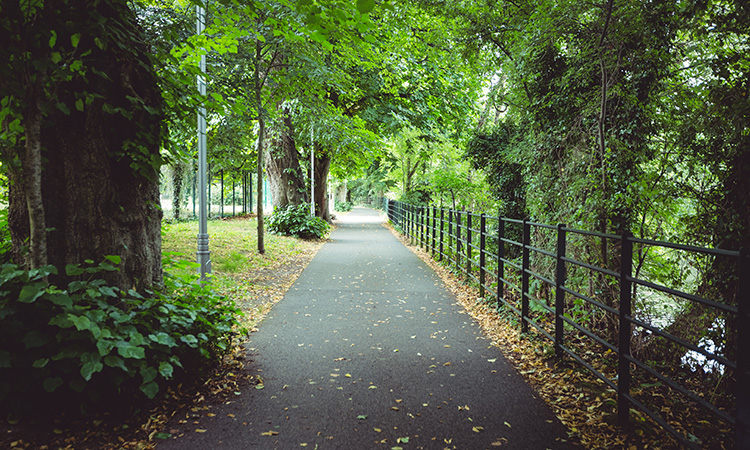
In the concrete jungles we call cities, there exists a hidden treasure that often goes unnoticed – the urban forest. These pockets of greenery, adorned with lush trees, may not be as dense as the Amazon rainforest, but they play a vital role in shaping the well-being of urban communities. In this blog post, we’ll explore why trees matter in cities and how they contribute to our quality of life.
The Green Lungs of Our Cities
Imagine a city without trees. The landscape would be bleak, and the air would be heavy with pollution. Trees, with their towering canopies and rustling leaves, act as the lungs of our urban environments. They absorb carbon dioxide, a greenhouse gas responsible for global warming, and release oxygen, which humans depend on for survival.
But the benefits of trees go beyond merely producing oxygen. They help filter out harmful pollutants, providing us with cleaner air to breathe. In bustling cities where air pollution is a significant concern, the presence of trees becomes crucial in improving air quality.
Urban Heat Islands and Temperature Regulation
As cities expand and concrete takes over, they give birth to a phenomenon known as the urban heat island effect. This effect causes cities to become significantly warmer than their surrounding rural areas. Asphalt and concrete absorb and retain heat, exacerbating the problem.
Trees come to the rescue once again by providing shade and reducing surface temperatures. Their canopies act as natural umbrellas, shielding us from the scorching sun and helping to cool down the environment. Moreover, through a process called transpiration, trees release water vapour, which further cools the air around them. The result is a more comfortable and pleasant urban environment, even during hot summer days.
A Haven for Biodiversity
Cities may seem like a harsh environment for wildlife, but the urban forest provides a sanctuary for many species. Birds, insects, and small mammals find refuge among the branches and leaves of trees. In doing so, trees contribute to urban biodiversity, helping to maintain a balanced ecosystem within our cities.
But it’s not just about providing shelter; trees also offer food sources for many urban wildlife species. Birds feast on insects attracted to the trees, and some trees produce fruits and nuts that become an essential part of urban wildlife diets.
The Role of the Tree Surgeon
Maintaining the health and vitality of urban trees is no easy task. This is where tree surgeons come into play. A tree surgeon, also known as an arborist, is a professional dedicated to the care and maintenance of trees. They have the expertise to assess a tree’s health, diagnose issues, and perform necessary procedures to ensure its well-being.
Tree surgeons can help combat diseases that may affect urban trees, trim branches to prevent hazards, and even perform tree removal when necessary. Their work is essential in preserving the beauty and functionality of the urban forest.
In conclusion, the urban forest, with its towering trees and lush canopies, is not just an aesthetic addition to our cities. It’s a lifeline, providing us with cleaner air, temperature regulation, a haven for wildlife, and a boost to our mental well-being. To ensure the continued vitality of our urban trees, we must recognise the importance of tree surgeons and invest in the care and preservation of these valuable assets. So, the next time you stroll through your city and marvel at the green giants surrounding you, remember that they are more than just trees – they are an integral part of urban life and well-being.
related post

Leave a Reply